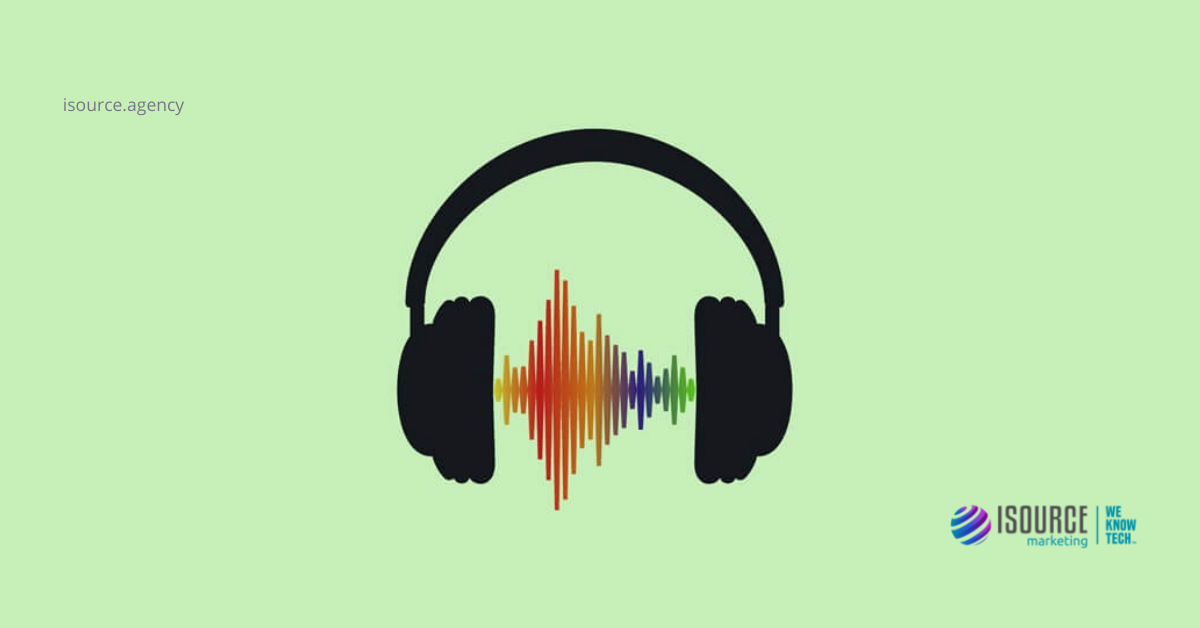-
 ISOURCE BLOG
ISOURCE BLOG
The Secrets of LinkedIn’s Algorithm: Foolproof Tricks for Your Strategy
Share
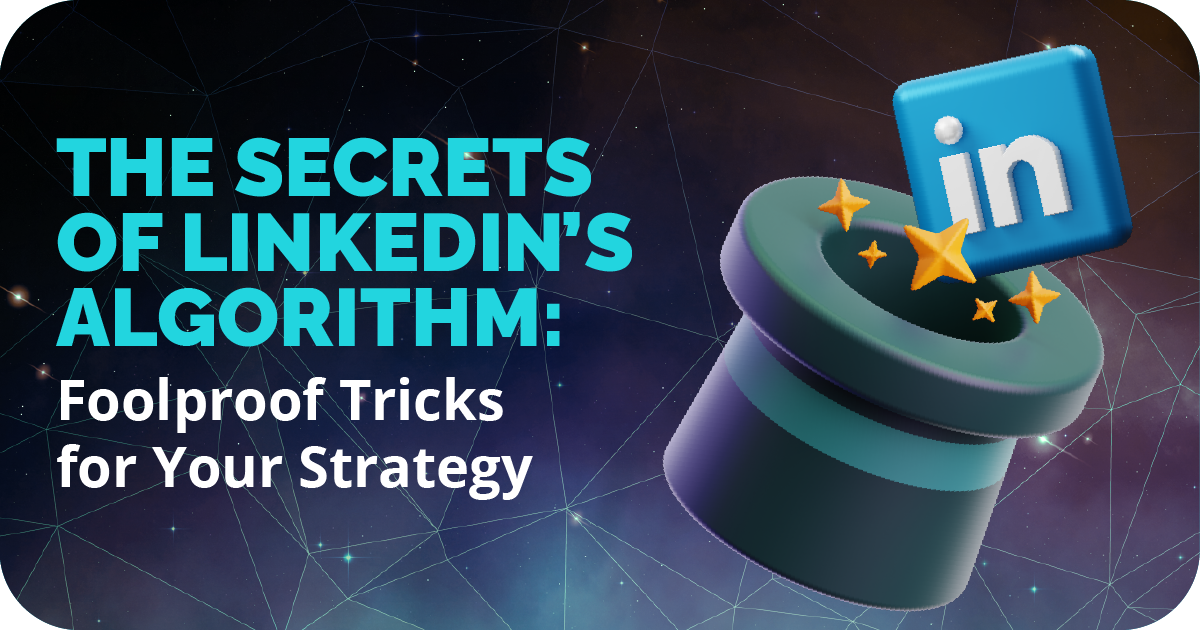
LinkedIn is one of the most powerful platforms for professionals and businesses looking to build meaningful connections, increase visibility, and enhance brand positioning. To maximize the impact of your posts and optimize your marketing strategy, it’s essential to understand the rules governing LinkedIn’s algorithm and how to tailor your content accordingly.
While this algorithm may seem mysterious, in this article we’ll reveal its secrets and share foolproof tricks, including AI tools that will help you generate real impact.
Decoding the LinkedIn Algorithm
LinkedIn’s algorithm is designed to prioritize relevant content for each user, based on several factors, including previous interactions, content type, and early engagement. In 2024, posts that quickly receive interactions —such as comments and shares— are up to 50% more likely to be seen by a wider audience.
Previous interactions are also essential: LinkedIn gives priority to posts from first-degree connections you’ve frequently engaged with (likes, comments, messages). This makes it crucial to maintain an active relationship with your network.
Content relevance plays a key role as well, with the algorithm favoring posts aligned with users’ interests, past behaviors, valuable topics, and trends. To ensure your content stands out, it’s important to identify the best times to post and use the formats that resonate most with your audience.
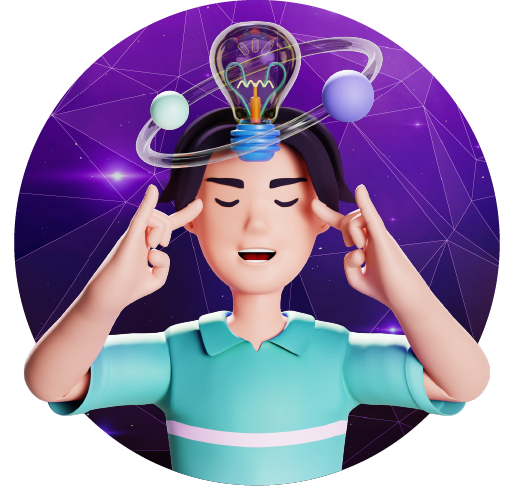
5 Foolproof Tricks for LinkedIn

1. Relevant Content Never Goes Out of Style
Posting content aligned with your audience’s interests and needs is essential for capturing their attention and fostering meaningful interactions. According to the Algorithm Insights Report, posts that address valuable topics or trends relevant to your niche perform better.
Creating long-form articles directly on LinkedIn allows you to position yourself as a thought leader in your industry. Sharing case studies, practical advice, or industry news analysis are great ways to attract engagement.
2. Unleash the Power of Engagement
Engagement on LinkedIn goes beyond just receiving likes. As with other social networks, comments and shares carry more weight in the algorithm because they reflect a deeper level of audience commitment. To encourage meaningful interactions, try using polls and motivate your audience to actively participate in conversations.
Publishing at the right times also influences performance. Wednesdays and Thursdays at 10 a.m. tend to be the best times to capture attention, as audiences are most active then. However, experimenting with different time slots and analyzing your brand’s engagement data will help identify the most effective moments to post.
3. Capture Your Audience with Digital Networking
An effective LinkedIn strategy involves more than just posting content; it’s also about expanding your network and maintaining regular interactions. Connecting with experts, collaborating on joint posts, and participating in discussion groups will help you reach a broader audience.
Integrating digital networking into your content strategy is essential for maximizing long-term impact.
4. More Formats, Fewer Hashtags
Using a variety of formats on LinkedIn is key to keeping your audience engaged. Carousels are the most effective in terms of reach, outperforming single-image and video posts by more than 50%. Additionally, LinkedIn Live, along with video and audio events, is ideal for webinars and live discussions, generating up to 12 times more engagement than traditional videos.
For hashtags, it’s recommended to use between 1 and 3 per post to improve visibility without overwhelming your message.
5. LinkedIn Ads Deliver Results
LinkedIn Ads allow you to reach specific audiences through sponsored content or text and image ads. Conversions can increase by 10-20% when ads are combined with active organic content.
However, success depends on having a well-defined strategy that is based on a deep understanding of your goals and what your audience is looking for, enabling you to create truly effective campaigns.
At Isource Marketing, we design and execute strategic LinkedIn campaigns that combine optimized ads with organic content. Contact us, and let’s work together to unlock the power of your LinkedIn strategy!
An Ace Up Your Sleeve: AI

Artificial intelligence has become a crucial tool for optimizing content strategies. With tools like LinkedIn Sales Navigator and AI-Powered Campaign Manager, you can automate audience segmentation, personalize messages, and generate more precise leads. These tools not only save time but also increase campaign efficiency.
Recent data shows that companies using AI on LinkedIn are 30% more successful in client acquisition and lead generation. Platforms like HubSpot and Hootsuite integrate these tools, allowing businesses to focus on strategy while AI handles routine tasks.
Lessons Learned
Mastering LinkedIn’s algorithm can be challenging, but with the right strategies—such as leveraging AI, creating varied content, and optimizing posting times—you can significantly improve your visibility and engagement on the platform. Implementing these tactics will take your marketing to the next level, helping you generate more leads, expand your network through professional networking, and strengthen your brand presence.

At Isource Marketing, we combine innovation and technology to design personalized, AI-optimized campaigns, helping you achieve tangible results.
Contact us to discover how we can elevate your LinkedIn presence!


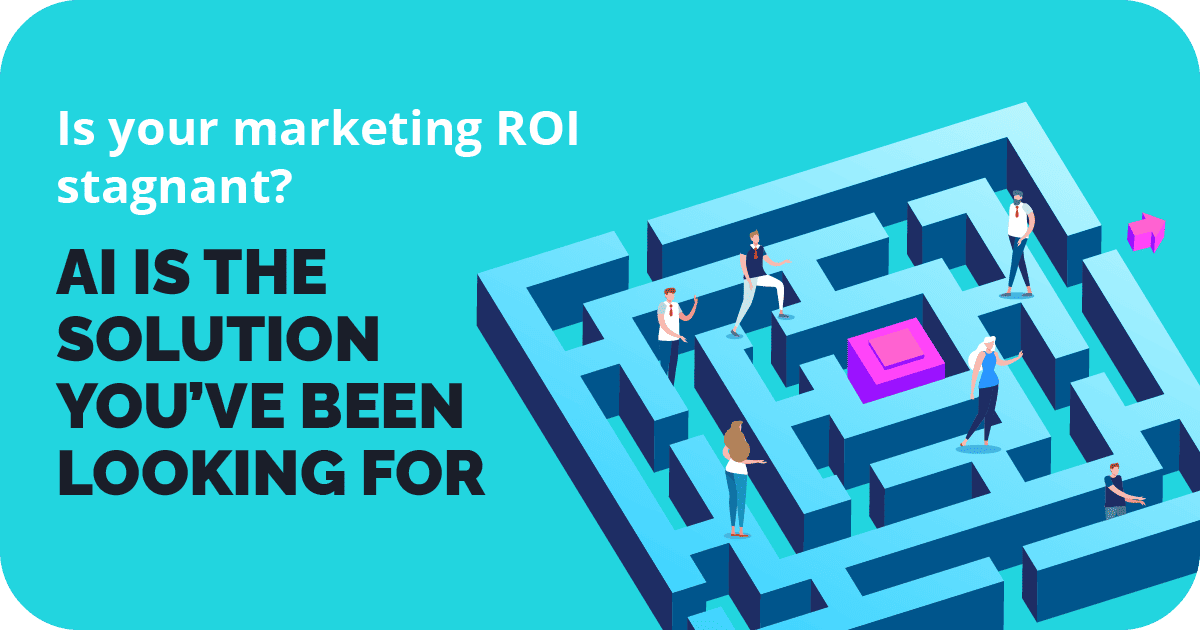
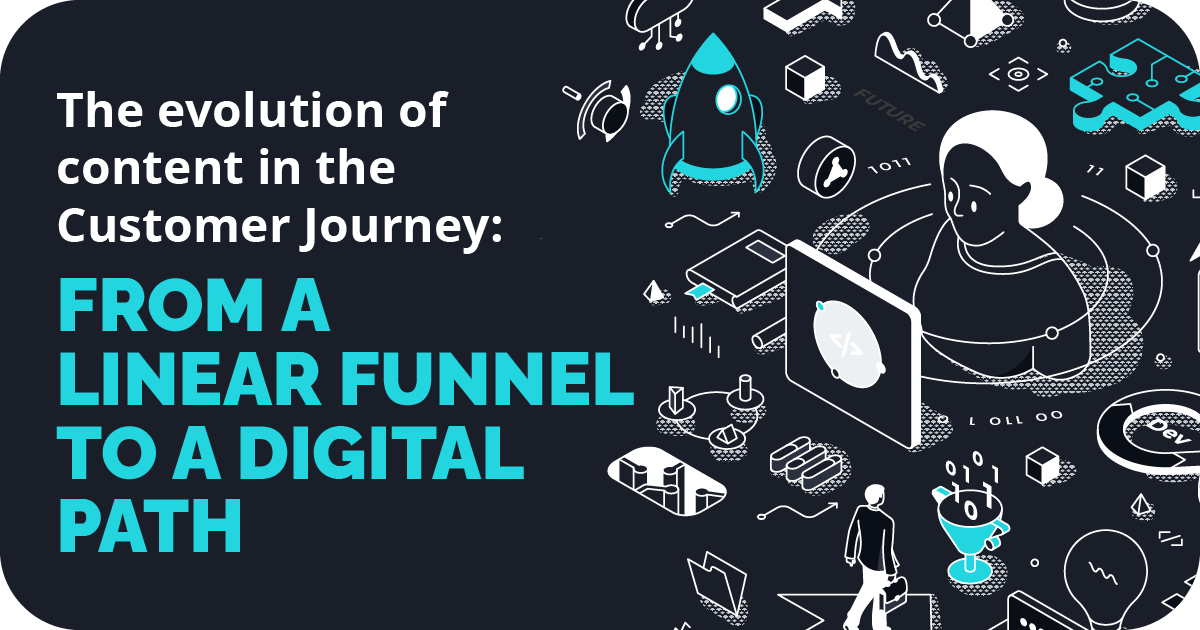
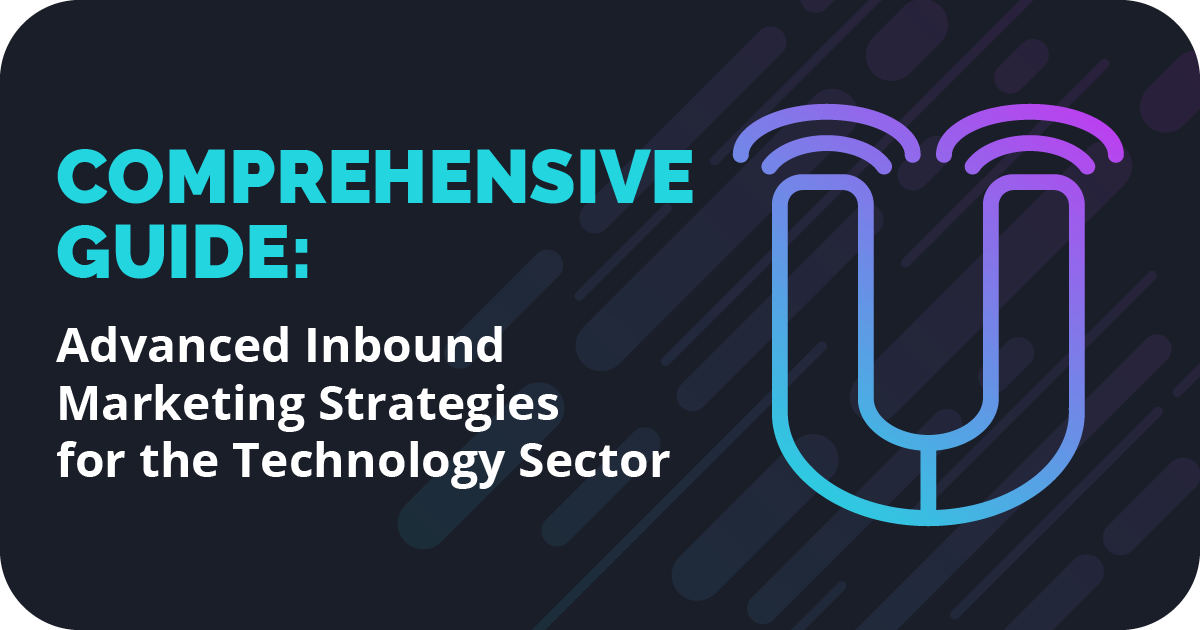
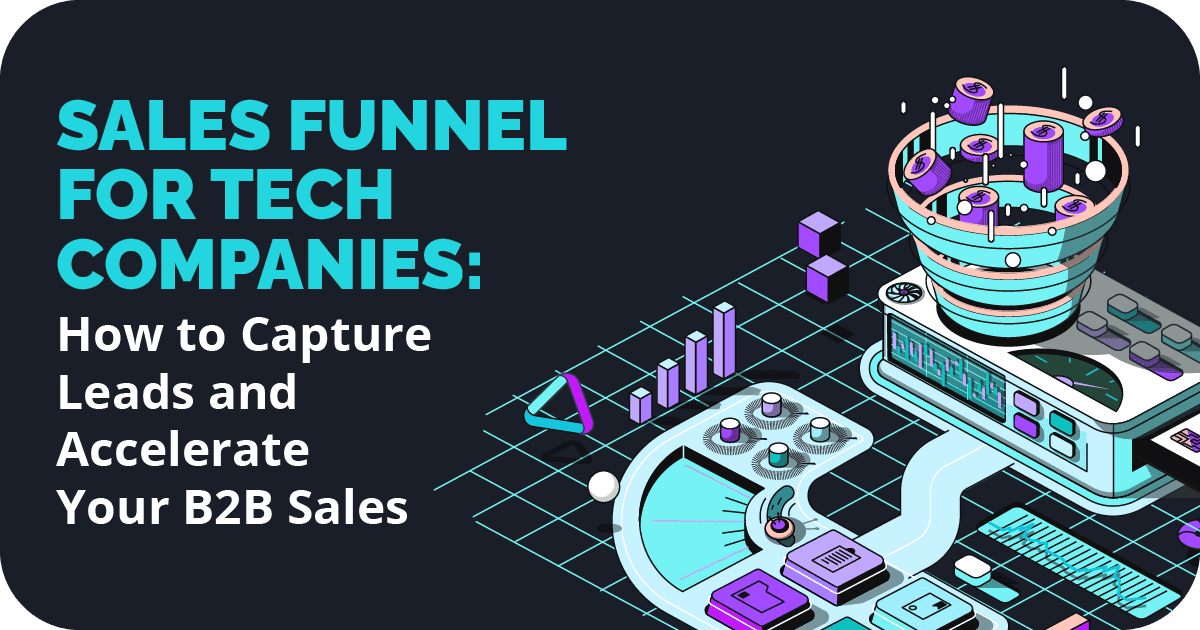


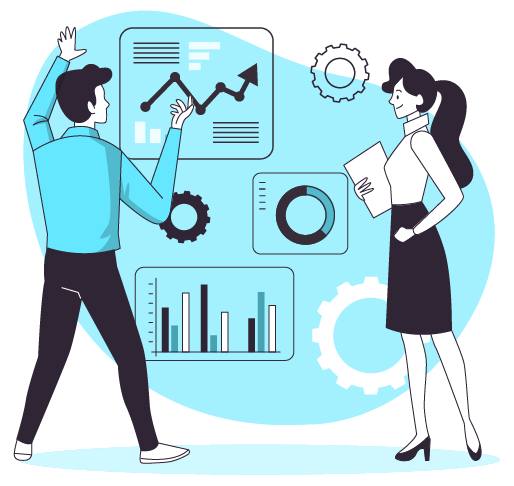

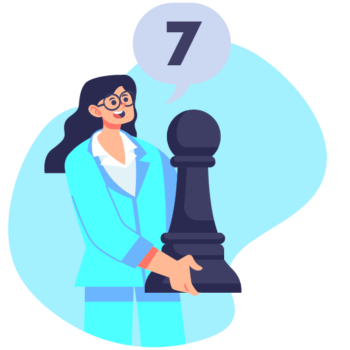
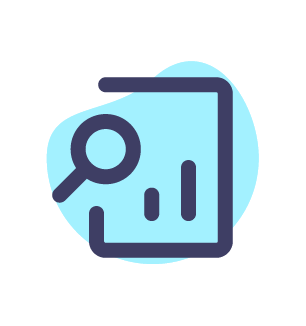
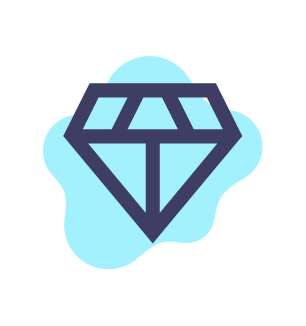























 Design thinking is an iterative process that utilizes a set of design techniques to generate, develop, and test new ideas in order to create products and services that are technologically possible and financially viable.
Design thinking is an iterative process that utilizes a set of design techniques to generate, develop, and test new ideas in order to create products and services that are technologically possible and financially viable.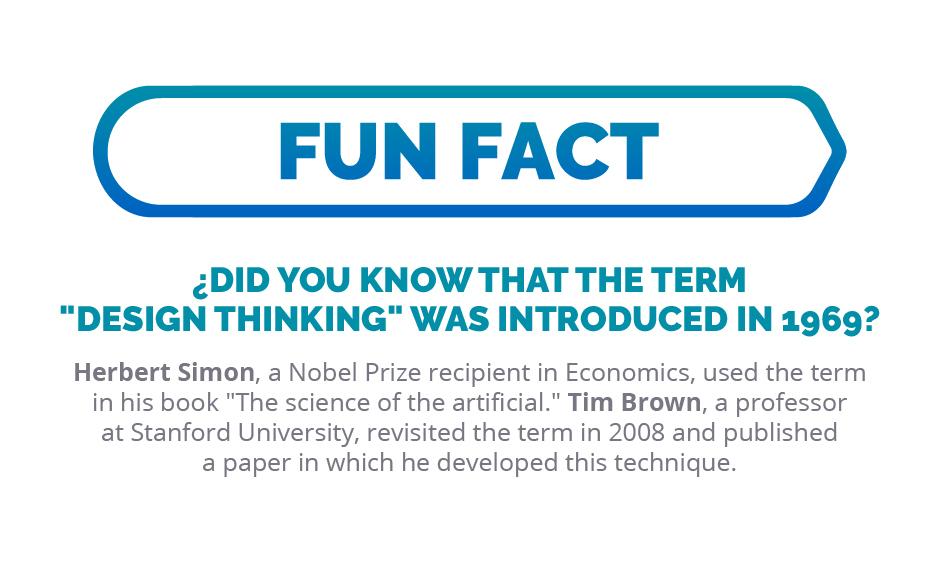
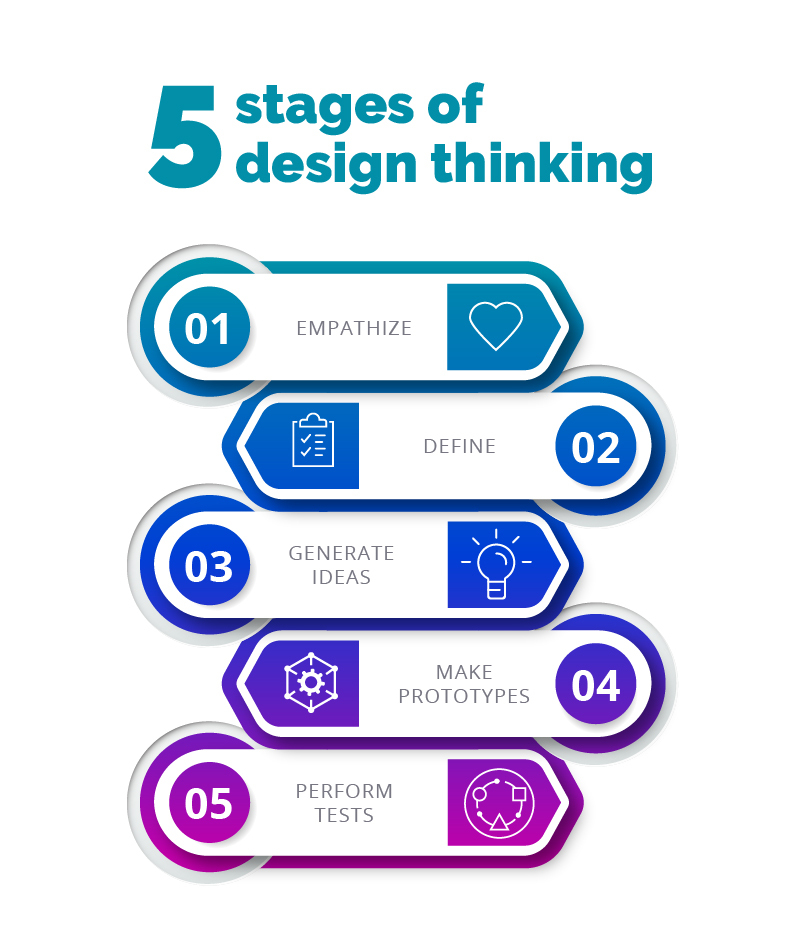

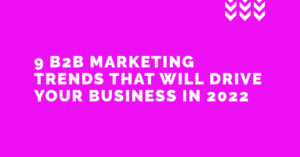 2020 and 2021 were challenging years for society and the global economy, but there is no denying the opportunities created by the digital revolution’s acceleration, particularly for enterprises in the Business to Business (B2B) sector and their sales and marketing areas. According to a
2020 and 2021 were challenging years for society and the global economy, but there is no denying the opportunities created by the digital revolution’s acceleration, particularly for enterprises in the Business to Business (B2B) sector and their sales and marketing areas. According to a 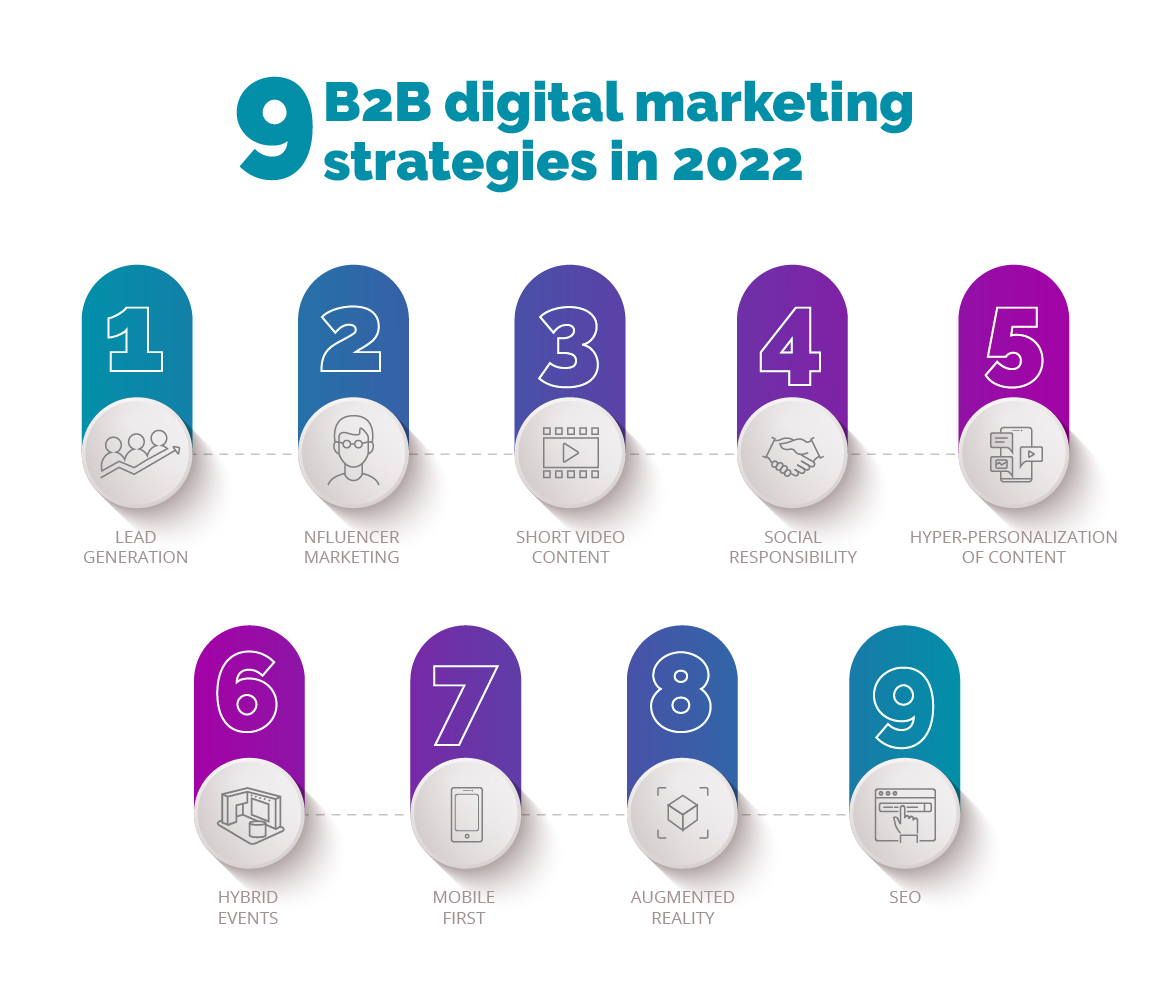 We hope you found our review of Digital Marketing Trends for 2022 beneficial; at the end of the day, it is part of our expertise in being the strategic B2B partner you need in this challenging year. At Isource Marketing we specialize in developing customized marketing strategies according to the needs of your business and adapted to the market. You can contact us by clicking
We hope you found our review of Digital Marketing Trends for 2022 beneficial; at the end of the day, it is part of our expertise in being the strategic B2B partner you need in this challenging year. At Isource Marketing we specialize in developing customized marketing strategies according to the needs of your business and adapted to the market. You can contact us by clicking 
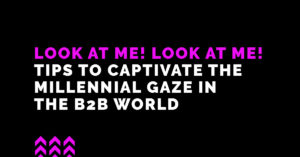 The millennial generation (born between 1981 and 1996) is the first to come of age in the new century and is expected to be a key economic force in the decades ahead. According to
The millennial generation (born between 1981 and 1996) is the first to come of age in the new century and is expected to be a key economic force in the decades ahead. According to 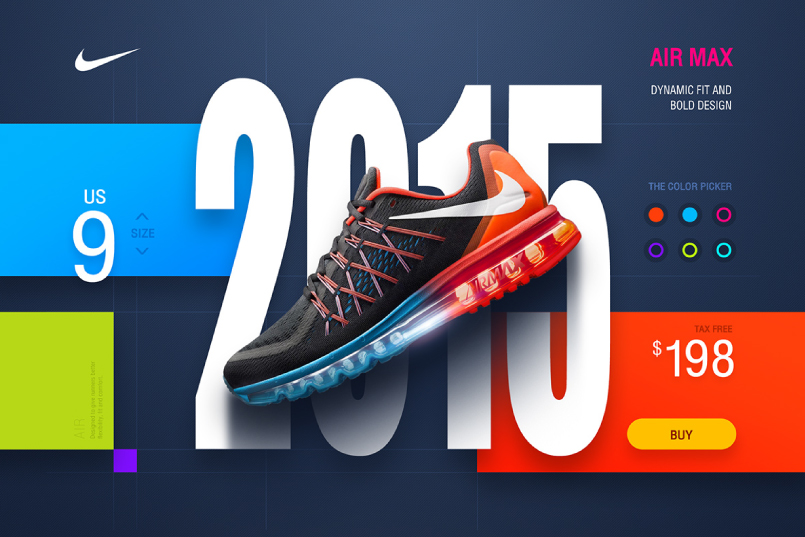
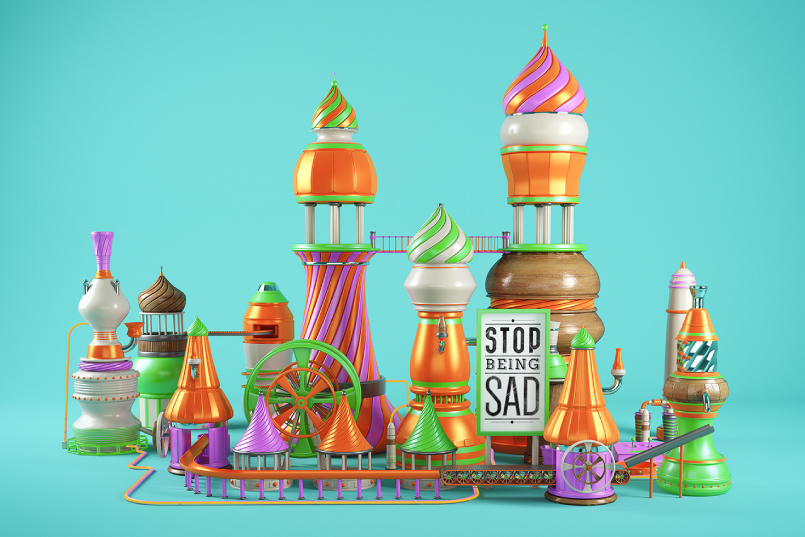

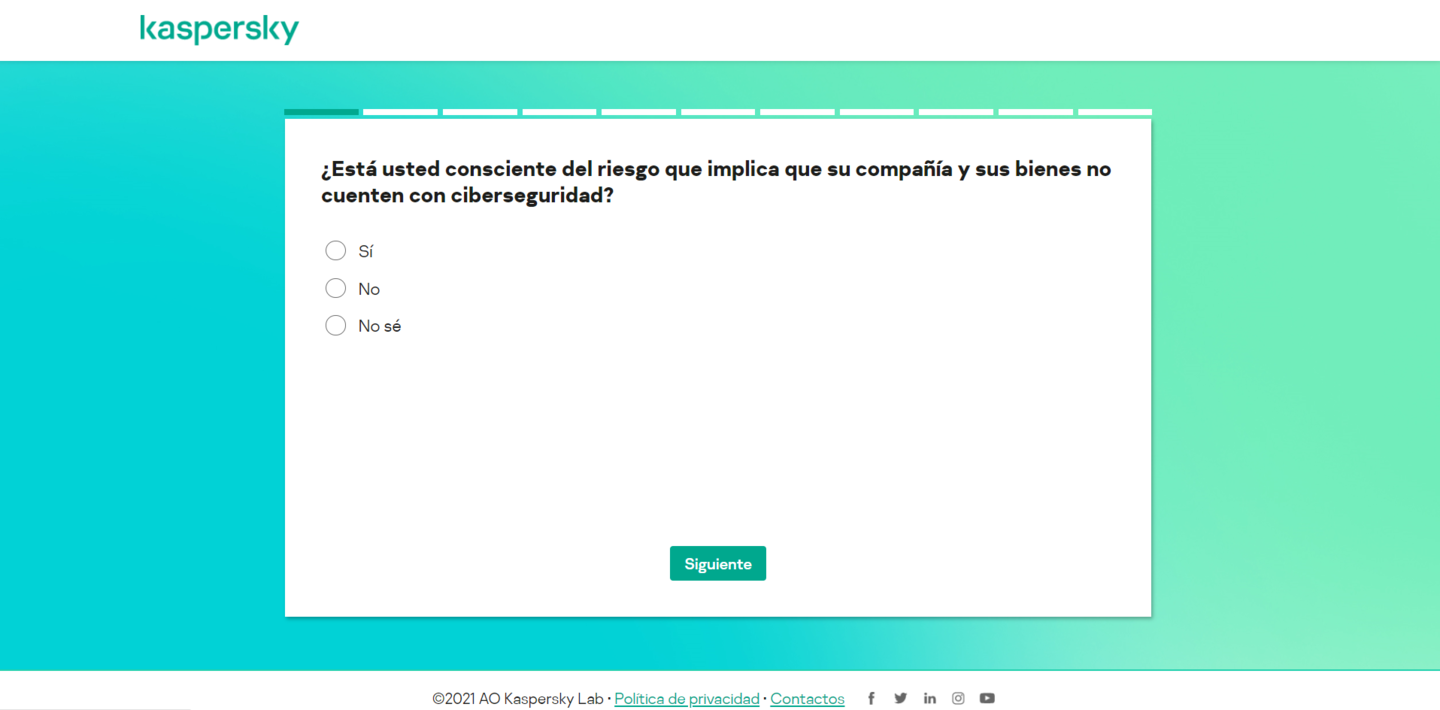

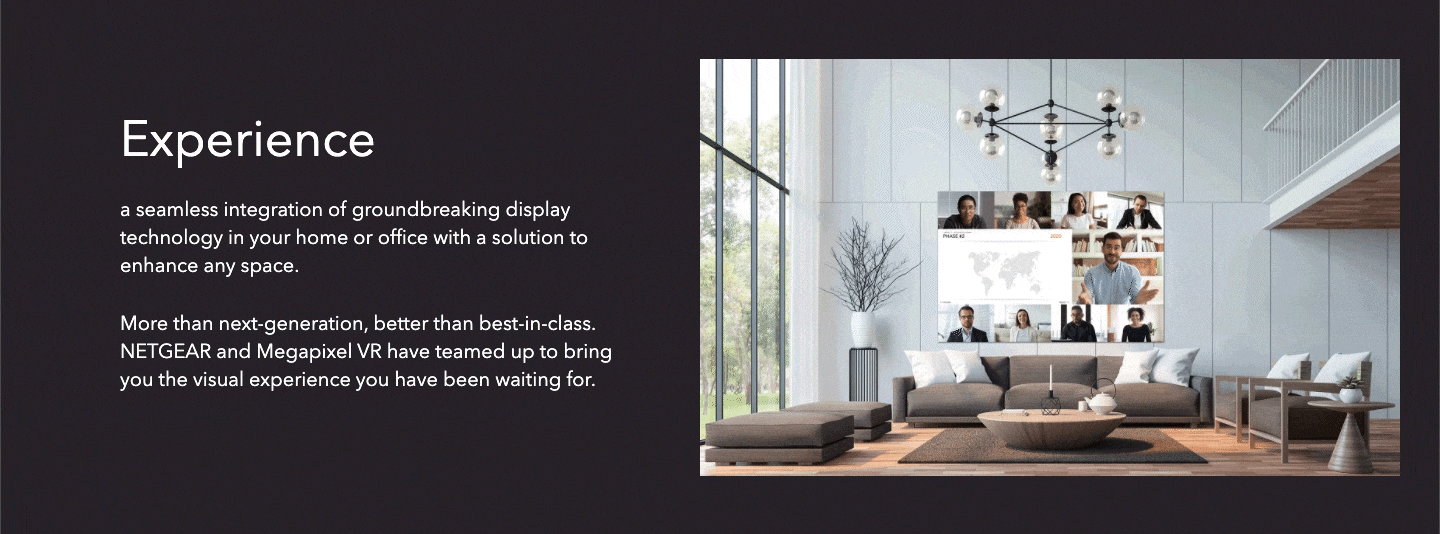



 Who doesn’t like stories? We live in a world surrounded by them; in fact, our life is a story in itself. Companies have recognized the potential storytelling can have and are utilizing it to captivate their consumers and potential customers. What exactly is it, and why does it hold so much opportunity in the Business-to-Business (B2B) world? The solutions to these questions may be found throughout this blog.
Who doesn’t like stories? We live in a world surrounded by them; in fact, our life is a story in itself. Companies have recognized the potential storytelling can have and are utilizing it to captivate their consumers and potential customers. What exactly is it, and why does it hold so much opportunity in the Business-to-Business (B2B) world? The solutions to these questions may be found throughout this blog.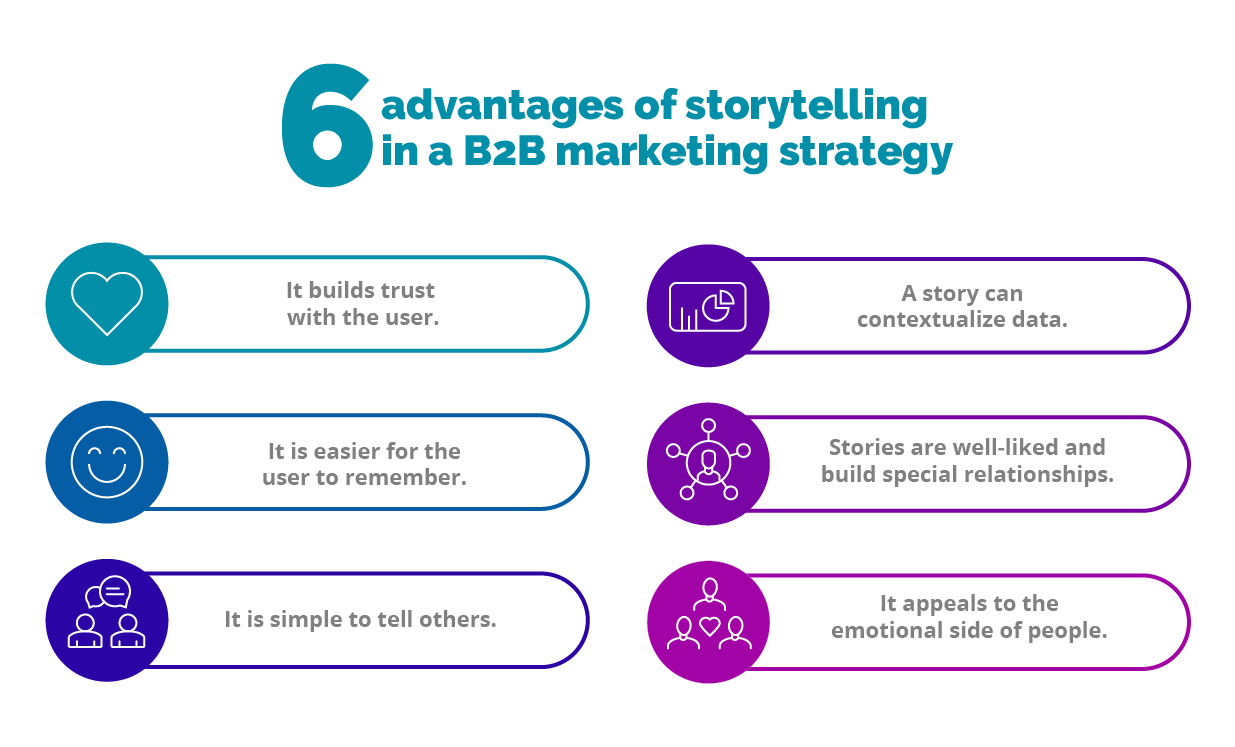 Harness the power of gamification
Harness the power of gamification